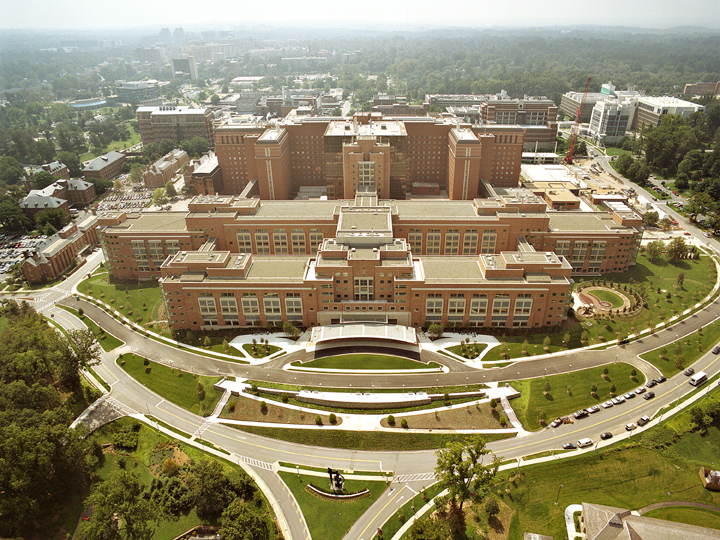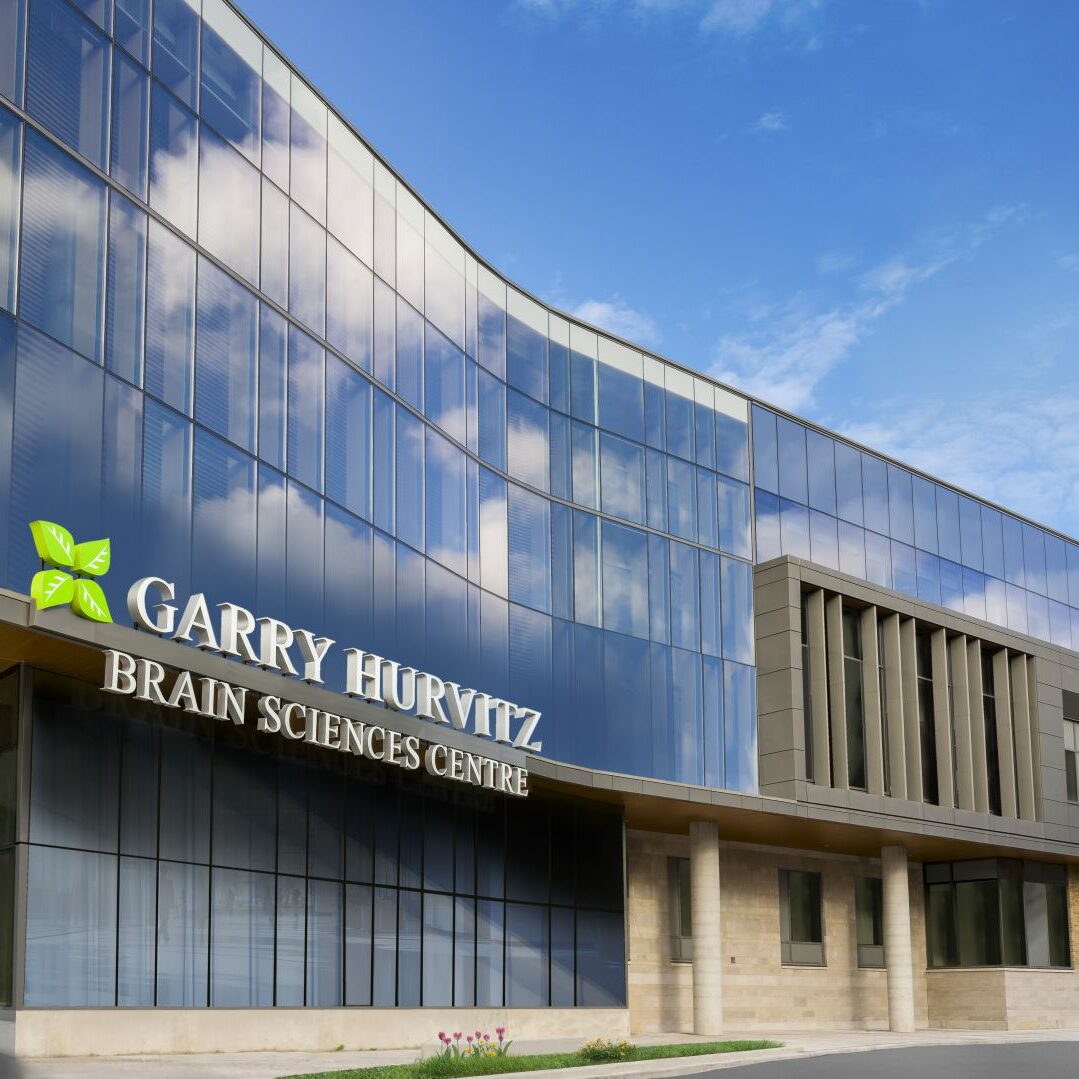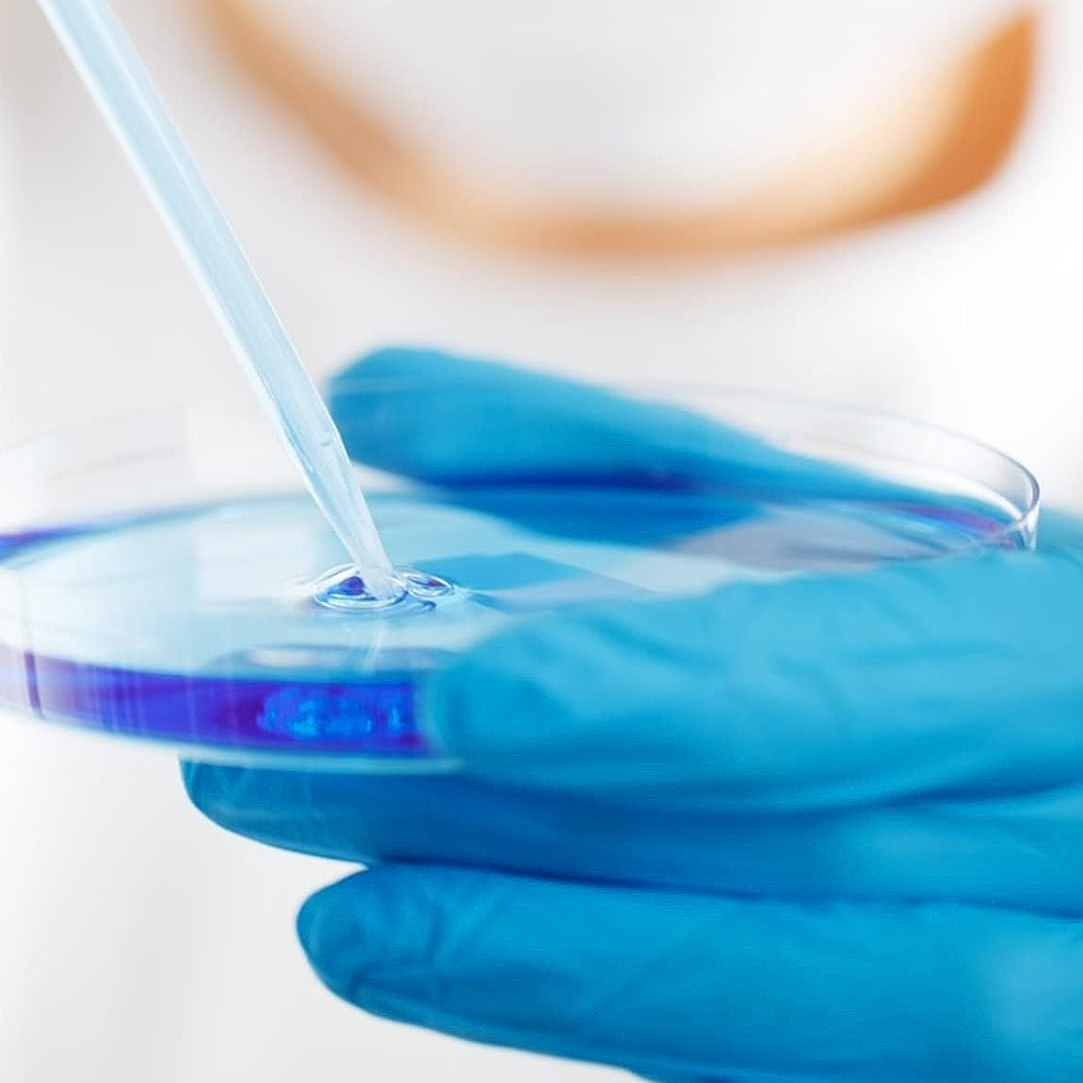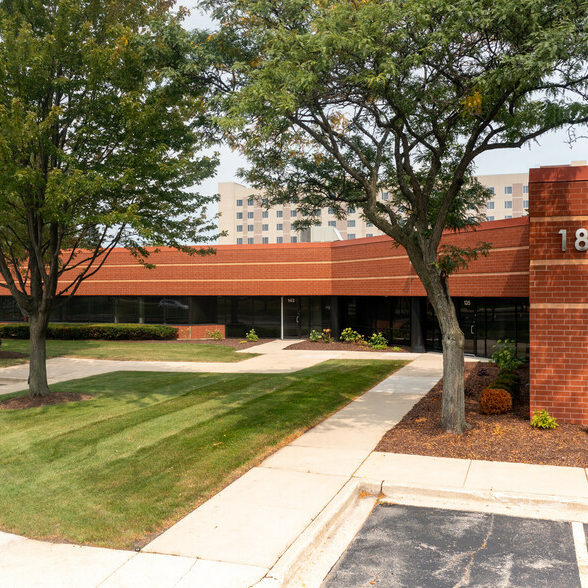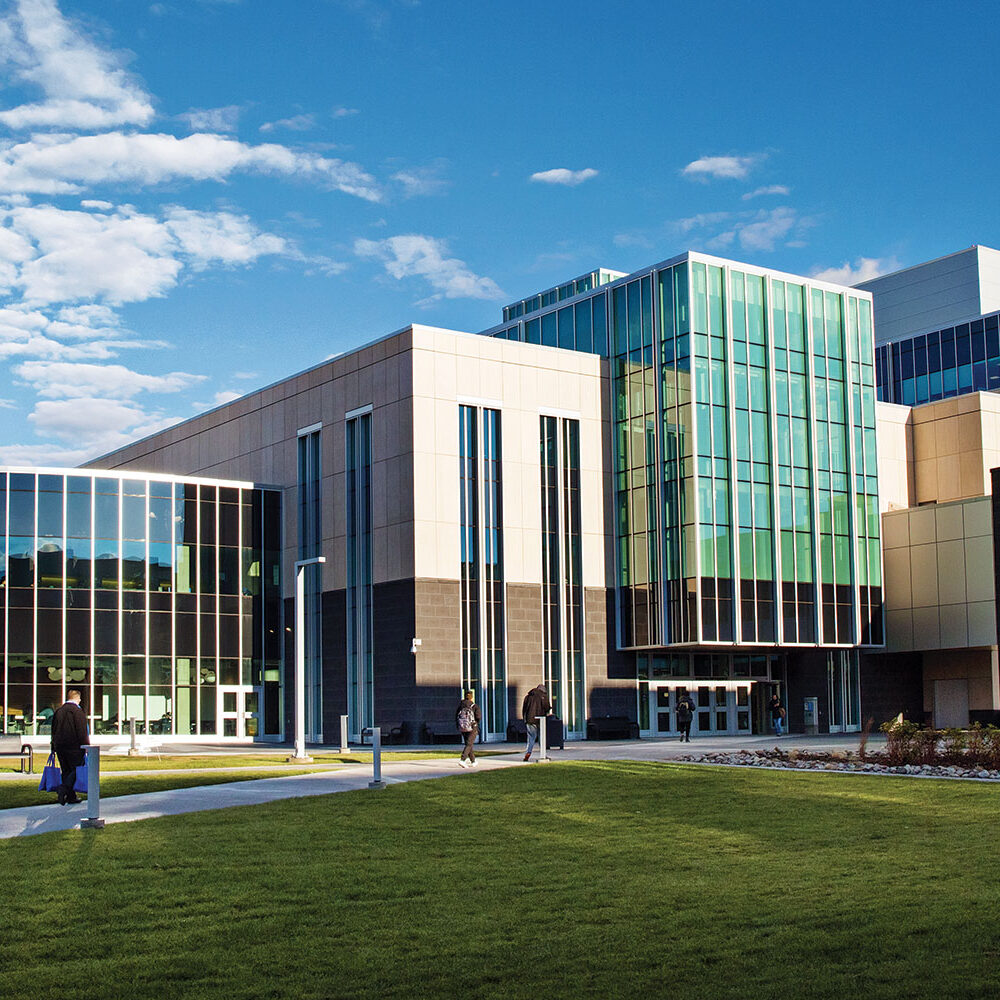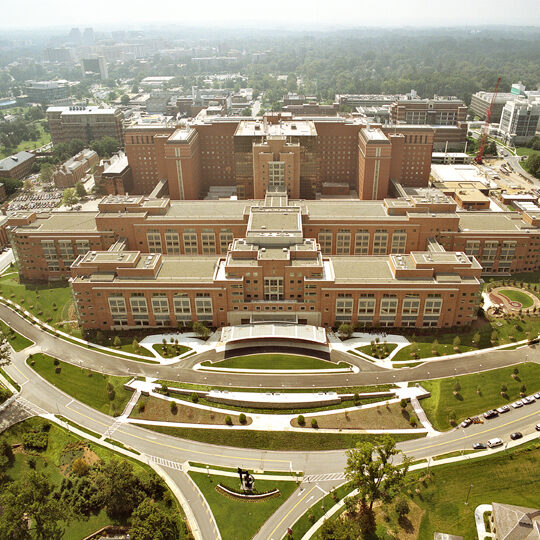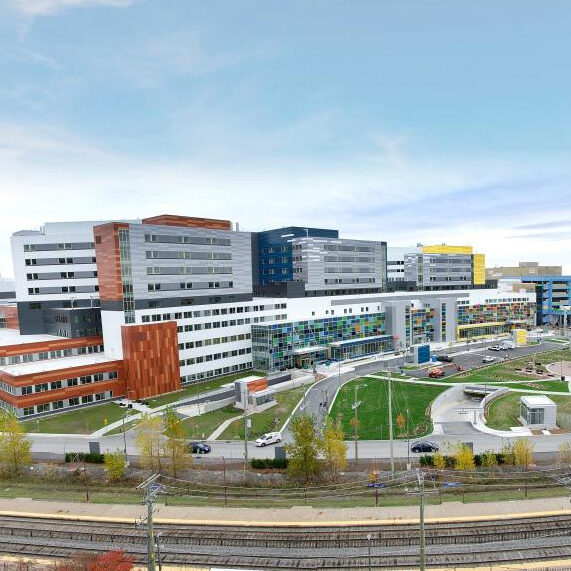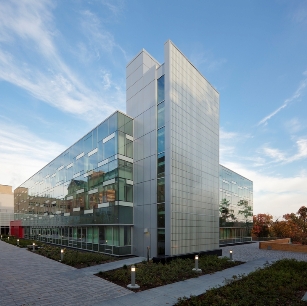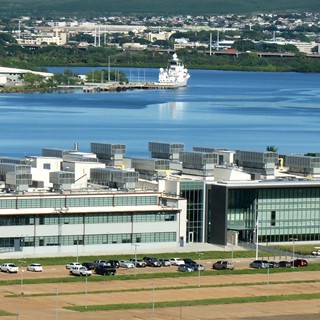Bethesda, Maryland, USA
250,000 ft² | 23,225 m²
Situated on over 300 acres in Bethesda, Maryland, and made up of more than 75 buildings, the National Institutes of Health campus, commonly referred to as NIH, is the primary agency of the United States government responsible for biomedical and public health research.
Comprised of a group of buildings within the larger Bethesda campus, NIH’s Clinical Center, also referred to as Building 10, is the world’s largest hospital totally dedicated to clinical research. It houses the Clinical Center Department of Transfusion Medicine (CC DTM), the Foundation for Advanced Education in the Sciences (FAES), the National Heart, Lung and Blood Institute (NHLBI), the National Institute of Allergy and Infectious Diseases (NIAID), the National Institute of Diabetes and Digestive and Kidney Diseases (NIDDK), the National Institute of Mental Health (NIMH), the National Institute of Neurological Disorders and Stroke (NINDS), the National Human Genome Research Institute (NHGRI), the Division of Veterinary Resources (DVR), the Office of the Director (OD) and the Office of Research Services (ORS). Together, these prestigious institutes all play critical key roles in supporting NIH’s mission to further advance the ability to save lives worldwide by providing an integrated platform for critical biomedical research and training operations.
The massive 2.5 million square-foot Clinical Center was constructed in the early 1950’s, and in early 2017, NIH embarked on a massive $322 million, multi-year renovation project that saw various major upgrades completed across numerous floors of the Eastern E-Wing section of building, from level B3 to the 15th floor. These renovations converted various former patient care and laboratory areas into highly specialized laboratories, laboratory support spaces, offices and teaching facilities, and also included a new vivarium and Current Good Management Practices Laboratory (cGMP).
HCR was selected to provide Asset Transfer Planning and Physical Relocation services for all assets that were relocated throughout the project, which ranged from highly sensitive laboratory equipment and samples, such as freezers, refrigerators, centrifuges, incubators, glass slides, biologicals, etc., to IT equipment, office furniture and staff contents.
For over three years, HCR worked closely alongside NIH researchers, staff and all other project teams to plan and prepare for this extensive and equipment intensive relocation. These plans were executed over five separate move phases between late 2023 and mid-2024, with the first move phase taking place in mid-November 2023. This was followed by the second move phase in early January 2024, third phase in early February 2024, fourth phase in early March 2024, and the fifth and final phase in late May to early June 2024, which marked the end to this four-year project.

